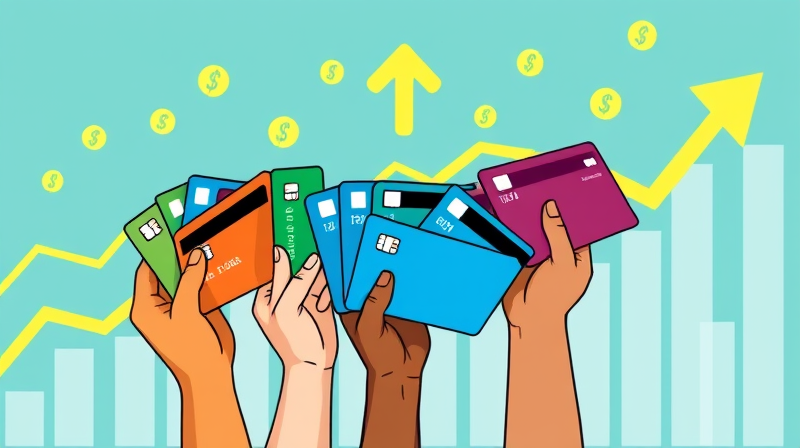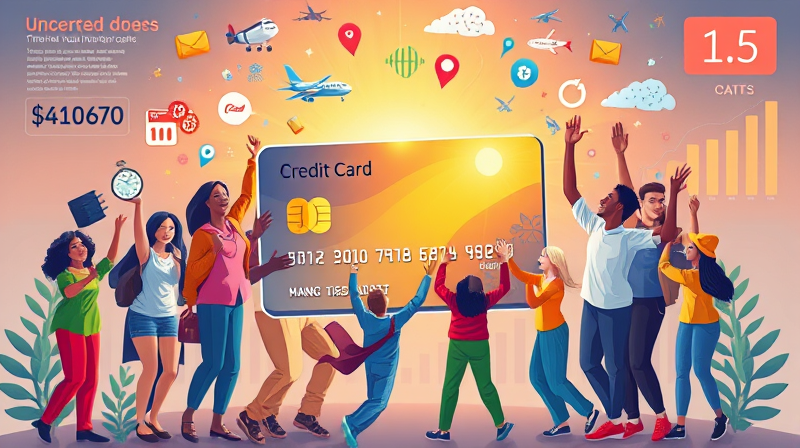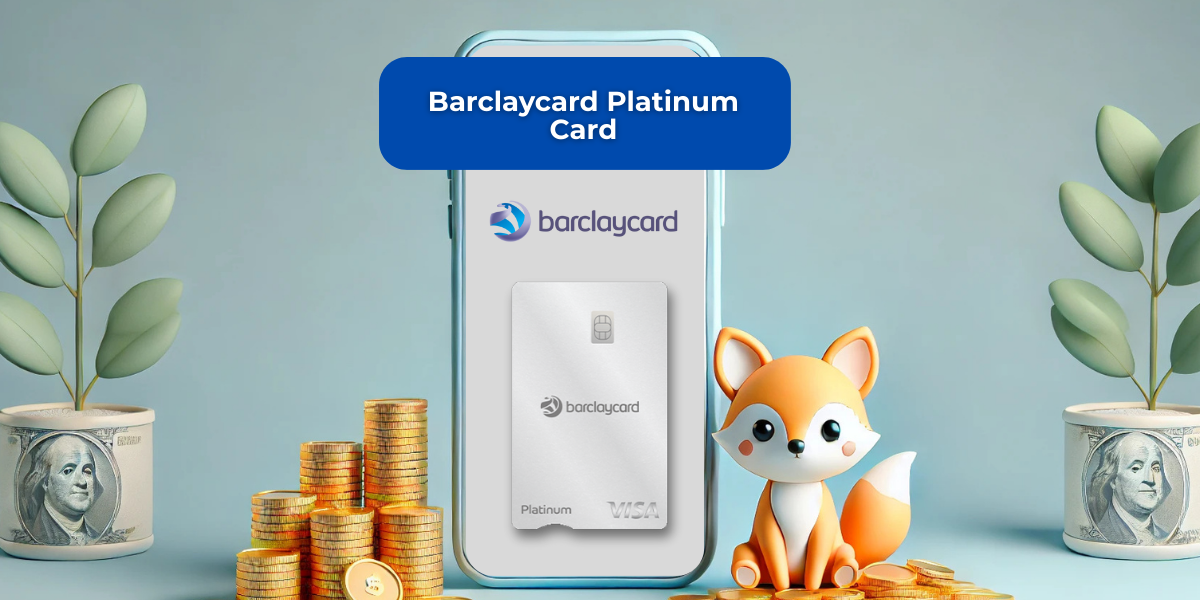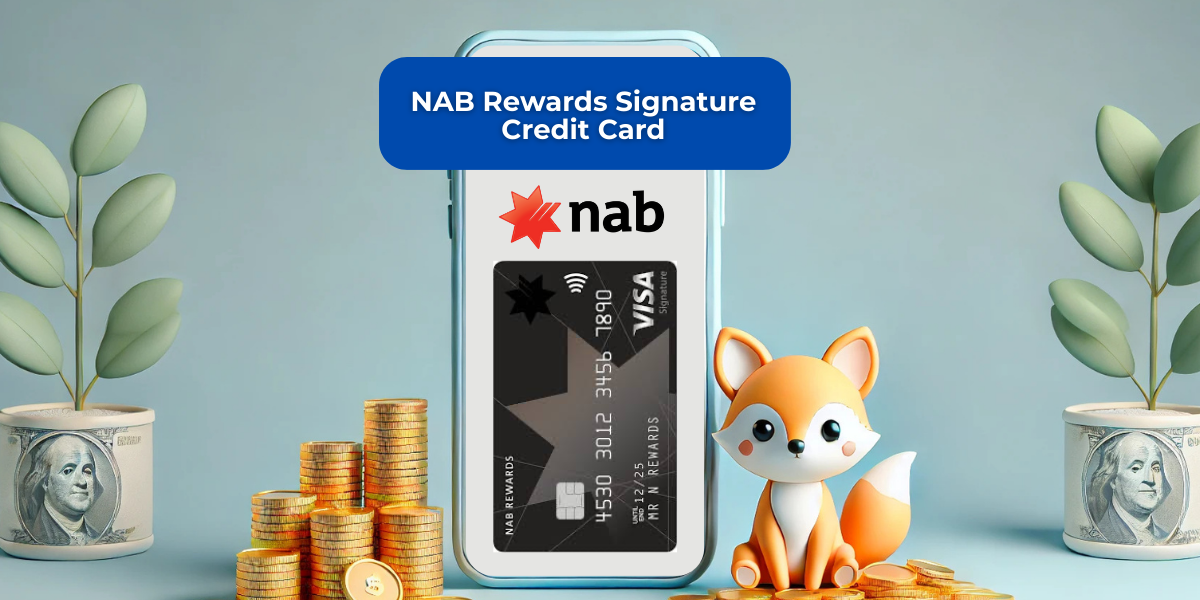Juggling several credit cards can feel like walking a tightrope, balancing risk and reward. With the right approach, you can turn multiple accounts into powerful tools for building wealth and achieving financial goals.
Understanding the Landscape
On average, an American holds about 3.9 credit cards, according to recent surveys. At the same time, 27% of U.S. adults report not being "doing okay" financially, underscoring the need for improved financial literacy and mindful credit management. When you hold several cards, you gain flexibility—but you must also remain vigilant to avoid common traps.
Benefits of Responsible Card Management
When managed properly, multiple credit cards can unlock significant advantages. Consider the following benefits:
- Access to more credit provides a safety net and reduces utilization pressure.
- Maximize your rewards earning potential by using specific cards for groceries, travel, or gas.
- Spot suspicious activity quickly when each card serves a unique purpose, making fraud easier to detect.
- Build a positive credit history through consistent on-time payments across accounts.
Navigating Risks and Challenges
Having multiple cards also introduces pitfalls. More accounts mean more due dates to track, higher chances of missing a payment, and the temptation to overspend. Each application triggers a hard inquiry, potentially lowering your score if done in rapid succession. High annual fees on premium cards can outweigh benefits unless you fully leverage their perks.
Additionally, closing old cards can shorten your credit history and reduce your overall limit, harming your score. Understanding these challenges is the first step toward proactive management.
Credit Score Essentials
Your credit score hinges on several factors, each affected by how you handle multiple cards. Keeping these elements in check is crucial for long-term success.
Best Practices for Managing Multiple Credit Cards
Adopting structured habits will help you stay on top of every account and protect your score:
- Tracking: Use apps or spreadsheets to monitor balances, due dates, and fees for each card.
- Assign specific purposes: Dedicate one card to everyday purchases, another to travel, and another to large expenses.
- Set up autopay or reminders to ensure you never miss a due date and incur late fees.
- Review annually: Evaluate each card’s benefits; consider downgrading high-fee cards you underuse.
Implementing Effective Strategies
Once you’ve established solid routines, you can layer in strategic approaches to manage debt and optimize benefits. Two popular methods include the avalanche and snowball strategies. The avalanche method targets cards with the highest interest rates first, saving on interest charges, while the snowball method focuses on eliminating the smallest balances to build momentum and motivation.
If you feel overwhelmed by multiple balances, consolidation through a balance transfer or personal loan can simplify payments. However, always assess transfer fees and promotional APR periods to ensure the move saves you money.
Tools and Technology for Smarter Management
Technology can be your ally in credit card management. Many banking and budgeting apps offer customizable notifications that alert you to upcoming due dates, large purchases, or unusual activity. Online bill-pay services allow you to consolidate payments in one place, reducing administrative friction.
Additionally, free credit monitoring services provide regular updates on changes to your reports from Equifax, Experian, and TransUnion. By checking your scores and reports annually, you can catch errors early and dispute inaccuracies that could be dragging down your score.
Building Financial Literacy and Long-Term Success
Financial education underpins responsible credit card use. Before opening a new account, research its fee structure, reward categories, and APR. Understand how introductory offers work and what spending thresholds you must meet to earn bonuses. When used thoughtfully, multiple cards serve as backups in emergencies, ensuring you’re never left without payment options.
By approaching each card with purpose and aligning applications with your goals—whether that’s earning travel rewards, financing home improvements, or maintaining a robust credit profile—you’ll make every account work toward your long-term success.
Avoiding Common Pitfalls
Even seasoned credit users can stumble. Remain vigilant by steering clear of these mistakes:
- Paying only the minimum balance, leading to mounting interest charges.
- Letting rewards points expire or failing to optimize rotating bonus categories.
- Ignoring annual fees and neglecting to reassess each card’s value.
- Closing old cards unnecessarily, which shortens your credit history.
- Using available credit as justification for unplanned purchases.
By recognizing these traps, you can maintain control and continue to leverage multiple cards as a force for financial stability and growth.
Managing multiple credit cards effectively is both an art and a science. It requires disciplined organization, strategic planning, and ongoing education. When you integrate these practices into your financial routine, you’ll harness the full potential of credit cards—unlocking rewards, safeguarding against fraud, and building a strong credit history that paves the way to lasting financial success.
References
- https://www.synchrony.com/blog/spending/managing-multiple-credit-cards
- https://www.nerdwallet.com/article/credit-cards/stay-organized-multiple-credit-cards
- https://www.myfico.com/credit-education/blog/multiple-credit-cards
- https://creditcards.wellsfargo.com/benefits-of-multiple-credit-cards/
- https://www.bankrate.com/credit-cards/advice/stay-organized-multiple-credit-cards/
- https://www.experian.com/blogs/ask-experian/credit-education/improving-credit/improve-credit-score/
- https://bettermoneyhabits.bankofamerica.com/en/credit/having-multiple-credit-cards
- https://www.investopedia.com/terms/f/financial-literacy.asp










